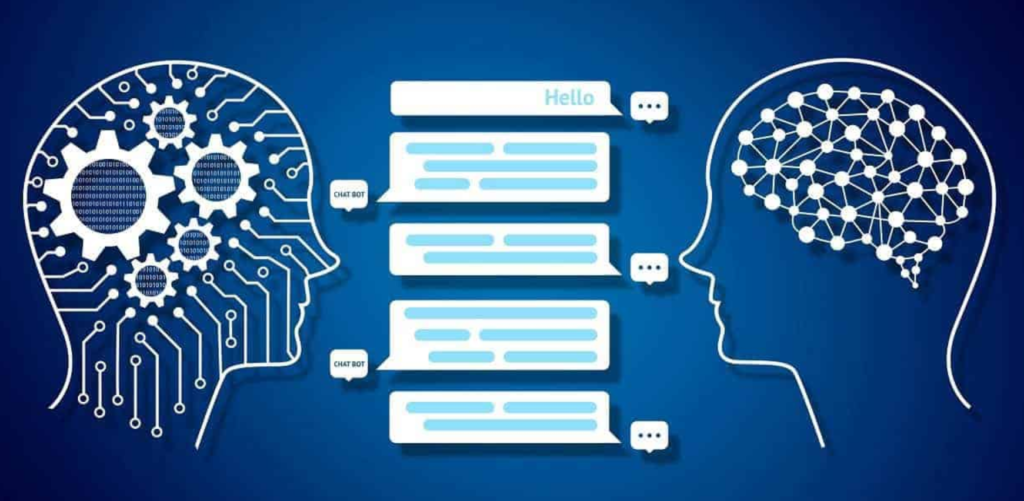Large language models like GPT-3, on which the virally popular ChatGPT is based, work through a combination of pre-training and fine-tuning. The process involves training the model on vast amounts of text data to learn patterns, relationships, and language structures.

To take a peak under the hood, let’s delve into the steps involved in creating such a model:
- Pre-training: In this phase, the language model is exposed to a massive corpus of publicly available text from the internet. This corpus can include books, articles, websites, and other sources. During pre-training, the model learns to predict the next word in a given sentence based on the context provided by the previous words. It does this by utilizing a neural network architecture called a Transformer, which allows it to capture long-range dependencies in the text.
- Tokenization: Text input is broken down into smaller units called tokens, which can be as short as one character or as long as one word. Tokenization helps the model process and understand the text more effectively. For example, the sentence “I love ice cream” might be tokenized into [“I”, “love”, “ice”, “cream”].
- Fine-tuning: After pre-training, the model is further refined through a process called fine-tuning. During fine-tuning, the model is trained on a more specific dataset that is carefully generated and curated. This dataset includes demonstrations of correct behavior and comparisons to rank different possible responses. Fine-tuning helps align the model’s behavior with the desired output, making it more suitable for specific tasks like generating realistic conversation.
- Context and Beam Search: When generating responses, the model considers the given context, which includes the conversation history or the prompt provided by the user. It uses this context to understand the contextually relevant information and generate appropriate responses. The model employs a technique called beam search, which explores multiple possible next words and ranks them based on their likelihood, ensuring the generated responses are coherent and sensible.
- Probability Distribution: The model assigns probabilities to different possible words or phrases based on what it has learned during pre-training and fine-tuning. These probabilities help the model decide which words are more likely to follow a given context. The model generates responses by sampling from this probability distribution or by selecting the highest-probability word.

The ability of large language models like ChatGPT to produce realistic conversation stems from the extensive training on diverse text sources. By learning from a wide range of human-generated text, the models capture language patterns, semantic relationships, and contextual cues. They can generate coherent and contextually appropriate responses, even if they may occasionally produce answers that are imaginative or incorrect.
It’s important to note that while language models like ChatGPT strive to produce realistic and helpful responses, they are ultimately based on statistical patterns and do not possess true understanding or consciousness. They may sometimes generate inaccurate or nonsensical answers, and it’s crucial to use critical thinking and verify information from reliable sources when interacting with them.